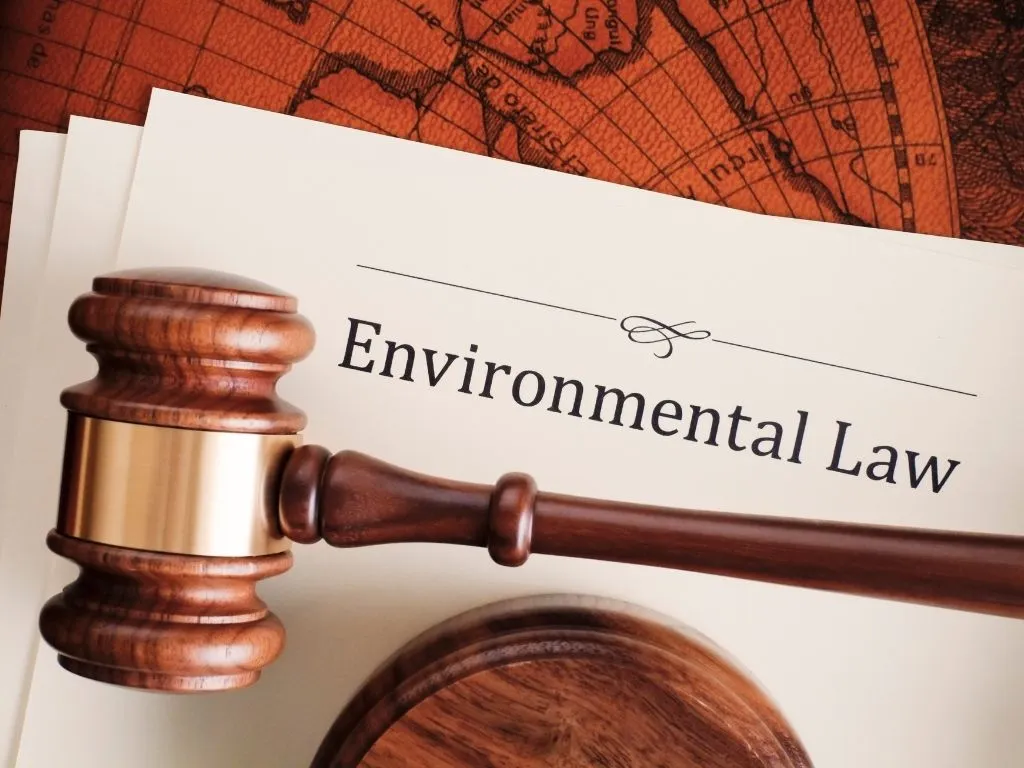News Details

EU Parliament adopts new regulations to reduce emissions of potent greenhouse gases.
In line with the EU's and the world's climate goals, the European Parliament adopted new regulations on January 16, 2024, to reduce emissions of potent greenhouse gases. In an effort to encourage the adoption of more environmentally friendly solutions, a deal was reached with the Council to further reduce emissions of fluorinated gases (F-gases). This deal calls for the complete phase-out of hydrofluorocarbons (HFCs) by 2050 as well as stringent regulations banning the sale of products containing F-gases, which are currently used in air conditioners and refrigerators, among other applications.
The Background
Man-made greenhouse gases (GHGs) with a high global warming potential are known as fluorinated greenhouse gases (HFGs), which also include nitrogen trifluoride, sulphur hexafluoride, perfluorocarbons (PFCs), and hydrofluorocarbons (HFCs). Common appliances such as refrigerators, air conditioners, heat pumps, foams, aerosols, and fire protection all use them. Together with CO2, methane, and nitrous oxide, they are included in the Paris Agreement and account for around 2.5 percent of the EU’s greenhouse gas emissions.
To support the EU’s climate goals and adhere to the Kigali Amendment to the Montreal Protocol on Substances that Deplete the Ozone Layer, further reductions in F-gas emissions are required. Earlier this year, the European Council and Parliament also decided adopted measures to reduce emissions of chemicals that deplete the ozone layer.
In industries where it is technically and financially feasible to transition to alternatives that do not require F-gases, such as domestic refrigeration, air conditioning, and heat pumps, the agreement specifies phase-out dates for the use of F-gases.
The agreement also sets strict guidelines and time limits for the use of F-gases with a high global warming potential in the repair and upkeep of various types of equipment.
Agreement to reduce emissions of ozone-depleting substances
-
Negotiators agreed to ban the manufacture, sale, use, importation, and exportation of ozone-depleting substances (ODS). Strict exclusions are planned for the use of ODS as process agents, in laboratories, as feedstock (to create other chemicals, as in the chemical or pharmaceutical industries), and for fire protection in unique applications like military hardware and aircraft.
-
The Commission will have to establish and maintain a list of ODS which are forbidden to use as feedstock, as well as periodically evaluate the availability of substitutes, based on the four-yearly evaluations mandated by the Montreal Protocol or, alternatively, on the Commission's own initiative.
-
The management of ODS in building materials during renovation—mainly found in insulation foams—is subject to new recovery, recycling, and reclamation criteria under the revised EU framework on ODS.
-
The need for appropriate training programmes for employees involved in the recovery of ODS from foams used in construction materials was acknowledged by the negotiators.
-
The regulations pertaining to the prevention of accidental release, leak repairs, recovery, recycling, and destruction of ODS, as well as those covered by EU legislation (including those not covered by the Montreal Protocol, listed in Annex II), should be extended to all ODS covered by EU legislation in order to enhance control and monitoring of ODS and to minimise potential adverse environmental and health impacts.
Next step
Following the final votes in plenary on January 16, 2024, the documents will now require formal Council endorsement prior to publishing in the EU Official Journal.
We acknowledge that the above information has been compiled from European Parliament.


